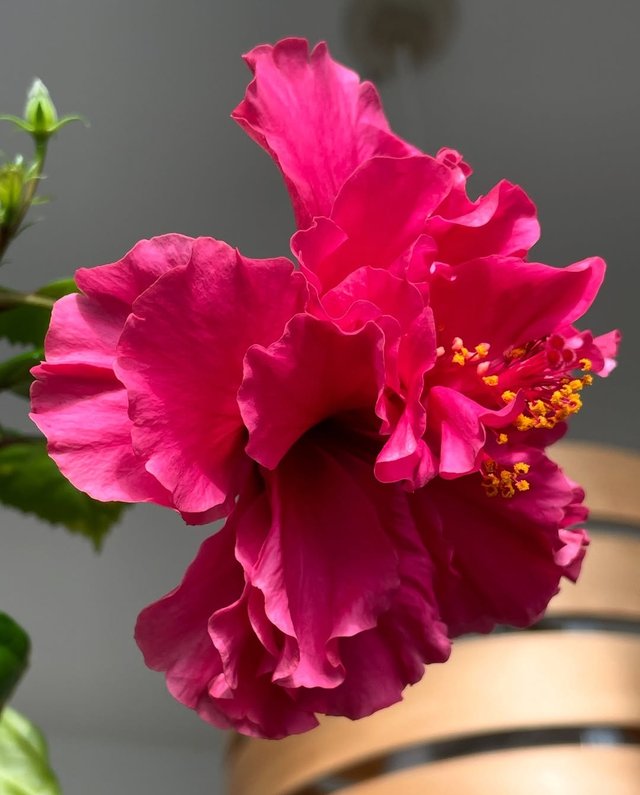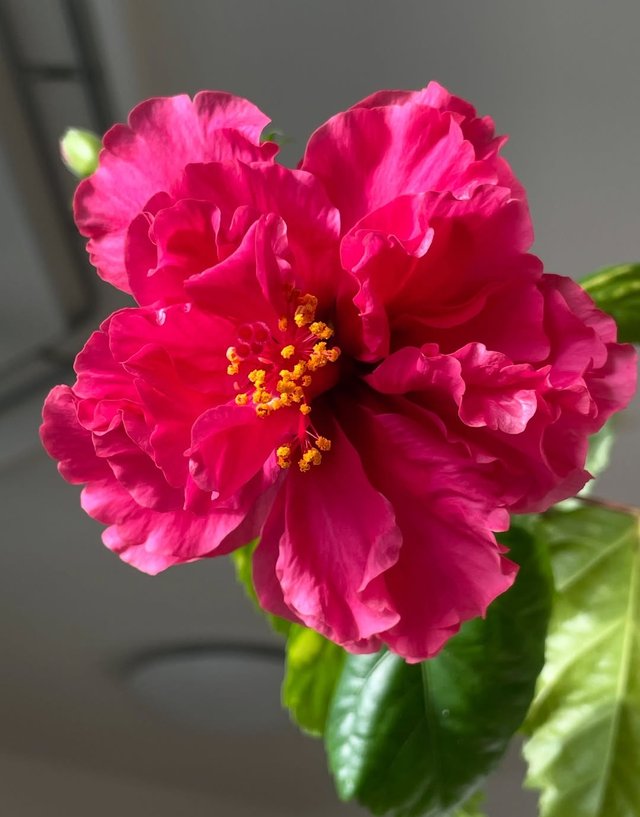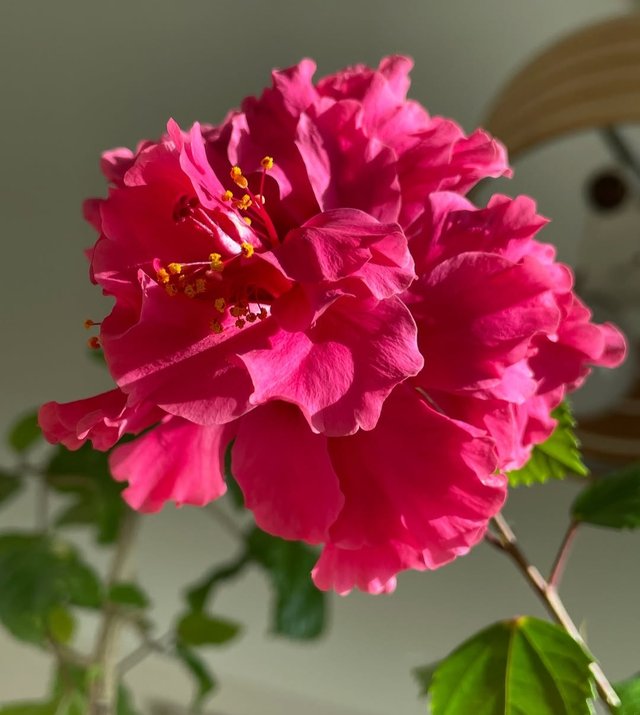Shoeblackplant Flower
Shoeblackplant : A Complete Overview
The Shoeblackplant, also widely known as the Chinese hibiscus or tropical hibiscus, is a vibrant and iconic flowering shrub cherished across tropical and subtropical regions. Famous for its large, showy blooms, it has become a symbol of beauty, hospitality, and cultural significance in many parts of the world. This ornamental plant belongs to the Malvaceae family and is among the most popular garden flowers globally.
Botanical Description
The Shoeblackplant is an evergreen shrub that typically grows between 1.5 to 4 meters tall. Its glossy, dark-green leaves are ovate with serrated edges, providing an attractive backdrop for its standout flowers. The blossoms are usually 4–6 inches in diameter, with five petals arranged around a central staminal column. The most common color is bright red, but hybrids and cultivars now display a wide palette including pink, yellow, white, orange, and multicolored varieties. The plant thrives in warm climates and requires abundant sunlight to maintain its vibrant flowering.
Habitat and Growing Conditions
Originating in East Asia, particularly China, the Shoeblackplant flourishes in tropical and subtropical environments. It grows best in well-drained, loamy soil enriched with organic matter. The plant needs full sun exposure for at least 6 hours daily to produce abundant blooms. While drought-tolerant once mature, it performs best with regular watering and moderate humidity. Because it is sensitive to frost, in colder regions it is grown as a potted plant indoors or in greenhouses. Pruning helps maintain its shape and encourages new growth, while occasional fertilization supports continuous flowering.
Cultural and Symbolic Significance
The Shoeblackplant holds deep cultural value in many societies. In Malaysia and Hawaii, it is considered a symbol of beauty and hospitality. In Hindu culture, the red hibiscus is associated with the goddess Kali and Lord Ganesha, and its flowers are often used in religious offerings. In the Pacific Islands, hibiscus flowers are commonly worn in hair or used in leis, representing love, respect, and joy. The bright, cheerful flowers also feature in traditional art, textiles, and festivals across Asia and the Pacific.
Uses and Benefits
While primarily ornamental, the Shoeblackplant has various uses:Medicinal Uses: Traditional herbal medicine employs hibiscus leaves and flowers for treating coughs, fevers, and skin conditions. Hibiscus tea, made from related species, is known for its refreshing taste and potential health benefits such as aiding digestion and lowering blood pressure.
Cosmetic Uses: The flowers are used in natural hair treatments to promote shine and growth. Hibiscus extracts are also added to skincare products for their antioxidant properties.



%20(10).jpeg)